 Thomas Tusser Thomas Tusser April showers bring May flowers — or so we’ve been told. Rainfall last spring was exceptionally memorable, but not so much for the lush floral scenery, but more so for the frustration brought to kids, adults, parents and grandparents who hoped to participate/attend spring sports such as baseball games, and the annual host of festivals and special events that occur this time of year. Even though its officially May at the time of this writing, Mother Nature continues to dump on us here in the Mid-Atlantic, ensuring make-up games and a spike in umbrella and rain poncho sales. Hopefully, it will also be guaranteeing an above average flower harvest as well! So, where does this expression (“April showers bring May flowers” ) come from, and what does it mean in both a literal and figurative sense? According to George Latimer Apperson’s “Dictionary of Proverbs,” we can trace the phrase “April showers bring May flowers” to an 1886 saying — “March winds and April showers bring forth May flowers” — which might have even deeper roots to a 16th century poem written by Thomas Tusser (1524-1580) which features the verse: "Sweet April showers/Do spring May flowers". The phrase is even referenced in the General Prologue of Geoffrey Chaucer’s Canterbury Tales: "Whan that Aprill, with his shoures soote The droghte of March hath perced to the roote.”  April is typically a wet month here in our part of the country. I can say with surety that our plants are likely not aware of this proverb, but rarely have to worry about having enough water in the spring to start growing and producing flowers especially because the water itself isn’t the key factor which dictates flowering times. Many researchers have studied rain and the general effect it has on timing and abundance of flowering, but have found that for most species, the first flowering is more closely tied to temperature than to rain. The figurative meaning of our proverb is a life lesson in “cause and effect,” and dictates that a period of discomfort can provide the basis for a period of happiness and joy. We can certainly visualize and feel this as winter turns to spring and higher temperatures change snow to rain, and brown grass and leafless trees turn to backdrops of green (even helping out the baseball fields). “Viva the flowers,” adding the punctuation of vibrant color (yellow, pink, red, orange, purple, blue) everywhere. It’s a happy time as we can once again play and recreate outside again without wearing an abundance of uncomfortable layers. It’s also a joyous time for florists, individuals whose job involves arranging and selling cut flowers. Although Christmas and Valentine’s Day represent a welcomed spike in business, especially in the sale of poinsettias and roses, it is two holidays in springtime that bring the most work and stress for florists—Easter and Mother’s Day. They also bring in the most money. Spring is also wedding season, and flowers are a must! These profitable days of “cause and effect” certainly illustrate “a period of discomfort providing the basis for a period of happiness and joy.” Flowers are also seen as a source of appreciation when received on an anniversary, or inspiration, when one is recovering in a hospital bed or convalescing at home. Sadly, the flowers both myself and my work colleagues see the most are those expressly sent as an offering of comfort, condolence and sympathy. Such is the case among employees of cemeteries and funeral homes everywhere. We must remember that cemeteries should not be perceived as places of sadness, but places of remembrance. The spirit and memory of our deceased loved ones continue to live on as long as we keep them in mind and heart. Decorating gravesites with flowers is certainly a big way to do this. Florists of Yore Here in Frederick, we have plenty of reputable florists at hand, and in the ever-changing electronic world we live in, the simple act of a 1-800 call, or visit to the internet, can send a beautiful floral arrangement to a recipient anywhere in the world. However, it’s still a nice experience to walk into a flower shop, and be dazzled with a plethora of beautiful specimen everywhere you look. And there is a sense of special accomplishment in picking out the exact flowers to be utilized for a gift offering or arrangements, and in some cases, working with the folks primarily responsible for growing these flowers. Of course, there are the special experiences to be had such as the awkward nervousness associated with having to write romantic or sympathetic prose under the watchful eye of a florist for flowers to be delivered, or the possible mayhem related to self-delivery as it relates to properly balancing a vase of flowers without saturating a car seat or loosing/mashing precious petals in transport. Mount Olivet Cemetery is proud to have interred many of the greatest florists ever to do business in Frederick, Maryland. In fact there names are almost synonymous with Mount Olivet. This is due to the simple fact that a large portion of their flower harvests were destined to decorate the graves herein. In recent memory, two names stand above the rest—Sharpe and Zimmerman.  Frederick Post (Dec 9, 1911) Frederick Post (Dec 9, 1911) Mr. Sharpe Edward Hewitt Sharpe, Sr. was fittingly born on May 1st, 1877 to Alfred Sharpe and wife Mary Revell. A native of Leytonstone, Essex, England, his father worked as a merchant. Edward came to the US in 1892 at the age of 15. He attended, and graduated, from the Massachusetts Agricultural School in Amherst, Massachusetts and met his future wife, Alice N. Hyde while there. Miss Hyde was a native of Poultney, Vermont and attended the Northfield Seminary in Northfield, Massachusetts for her schooling. Sharpe graduated around 1901 and came to Frederick in 1903. The couple of Edward and Alice married on November 15th, 1905. In the 1910 census, the Sharpes can be found residing at 811 N. Market Street with two-year old son, Edward H. Sharpe, Jr. At this time, Edward, Sr. was working as a commercial trader for a biscuit company, likely Frederick’s G & L Bakery. His name regularly made the paper for his competitive hobby of raising champion poultry. In 1917, he was working as a salesman for Frederick C. Knott’s grocery store (known formerly as Besant & Knott). By 1920, the Sharpe family consisted of two additional children Alfred Revell (b. 1914) and infant daughter Marion Cameron (b. 1919). They would relocate their home residence to nearby 720 Motter Avenue, basically their former backyard.
A few lonely years passed as Edward H. Sharpe performed commercial salesman duties for the Frederick Farm Bureau. He would be hired by the state to serve as a field agent to the Maryland Farm bureau. He likely tired of the travel required across the state. In August, 1930, Edward would find himself following somewhat in his deceased son’s footsteps. He was now selling flowers and plants as the proprietor of a floral shop located directly behind his home residence and known as Edward H. Sharpe, Florist. A greenhouse and walk-in business office would be built here in due time, fronting Motter Avenue. The business grew during the lean years of the great depression and World War II. In spring, 1930, Mr. Sharpe’s second son, Alfred, had graduated from Frederick High School. After a few month respite, the young man would assist his father in the Edward H. Sharpe Florist operation. In time, it came to be known as Edward H. Sharpe & Son. Edward H. Sharpe, Sr. had successfully created an enterprise that would last 84 years—one day to be run solely by son Alfred, and eventually by his grandson. Mr. Sharpe died at the age of 69 on June 8th, 1946. His death was front page news in the local paper, a testament to his business acumen and community involvement. He would be laid to rest next to son Edward in Mount Olivet’s Area LL. Alfred was now the sole operator of Sharpe’s Florist at the age of 32. He was assisted by his wife, Mary Florence Winebrenner, and later his son, Robert. In 1972, Alfred incorporated the business, changing the name to Sharpe’s Flowers since that is what most patrons had been calling the business. Alfred R. Sharpe died on February 23rd, 1995, and just like his father, the florist’s passing made the front page of the Frederick News-Post. He too is buried in Area LL/Lot 80. At this time, Robert , took over the family business. Sharpe’s Flowers operated until May, 2014, at which time it was discontinued. The old greenhouse and business showroom still stand on Motter Avenue. Meanwhile, over in Mount Olivet, the family burial plot is located under a beautiful Cherry Blossom tree that rains a beautiful shower of pink and white blossoms on this special “floral family’s” gravestones each spring. Mr. Zimmerman Born on October 30th, 1891, Alfred Glaze Zimmerman was the son of Frederick City farmer Robert Clinton Zimmerman and wife Laura K. Fleming. After attending public school, Alfred spent time at the Frederick Academy. In early 1916, he undertook special courses on horticulture at the Maryland Agricultural College (later known as the University of Maryland). Zimmerman operated as a farmer’s market gardener early in his career before going into the florist business as a retailer and wholesaler in 1924. A publication stated that Mr. Zimmerman grew his products under about 35,000 square feet of glass. Alfred Zimmerman married Helen Brunner Gittinger, daughter of Mr. and Mrs. Samuel Gittinger on July 3rd, 1917. Interestingly, Helen’s father bought the Sharpe’s first residence located at 811 N. Market Street in 1919. The couple would not have children. Mrs. Zimmerman would assist her husband in his floriculture pursuits from the very start. In the early 1920’s, newspaper advertisements boasted the sale of shrubbery, celery and finally a virtual grab-bag of various potted plants and vegetables.  1929 aerial photograph looking northwest from downtown Frederick. The center of photo is Baker Park with College Avenue bisecting from left to right. At the intersection with an extended W. 2nd St., one can make out the Zimmerman Florist greenhouses to the right and to the left, the old Zimmerman farmhouse within the copse of trees. The Zimmerman’s originally lived at 207 College Avenue. A greenhouse would be constructed here as well. To the south was Alfred’s original home, having been born in this house on the western outskirts of Frederick City. W. Second Street would eventually extend through the Zimmerman farm property, dividing Alfred’s adult home from that of his childhood home in which his parents still resided. In 1935, the couple would move across W. 2nd Street and take up Albert’s childhood home of 111 College Avenue as their new abode. The home on 207 could now be solely used for the home and office of the florist business. Over the next decade, the Zimmermans would make additional money as they subdivided lots on the old family farm and sold these. Most lots had frontage on W. 2nd Street, and these stretched clear down to Culler Lake. An interesting find from the World War II era is an advertisement in which both Alfred Zimmerman and Edward H. Sharpe, Sr. worked together in helping the war effort here at home. The floral giants addressed tire and gas rationing by limiting flower deliveries to soldiers and their families during Easter. They also made a unified plea for residents to buy war bonds.
The former Zimmerman greenhouses were dismantled, and the old storefront and office was renovated, remodeled and sold as a private residence a few years ago. The larger Zimmerman farm property remnant at the northwest corner of College Avenue and W. 2nd Street was purchased by a local builder and subdivided. Today, you will find a row of luxury homes, each selling for top dollar—not unlike what occurred eighty years ago on the other side of the street. Edward Sharpe and Alfred Zimmerman provided Frederick with flowers through nine decades. They actually produced more more than flowers, they grew livelihoods for themselves and future generations. Stay tuned next week for Part II of this story on early Frederick floral entrepreneurs. I will show you how April showers bring May flowers...and how May flowers can bring June court cases of assault and battery! One such happened in 1893 and featured a prominent florist and a cemetery superintendent
0 Comments
Leave a Reply. |
STORIES
|
Archives
July 2024
June 2024
May 2024
April 2024
March 2024
February 2024
January 2024
December 2023
November 2023
September 2023
August 2023
July 2023
June 2023
May 2023
April 2023
March 2023
February 2023
January 2023
December 2022
November 2022
October 2022
September 2022
August 2022
July 2022
June 2022
May 2022
April 2022
March 2022
February 2022
January 2022
December 2021
November 2021
October 2021
September 2021
August 2021
July 2021
June 2021
May 2021
April 2021
March 2021
February 2021
January 2021
December 2020
November 2020
October 2020
September 2020
August 2020
July 2020
June 2020
May 2020
April 2020
March 2020
February 2020
January 2020
December 2019
November 2019
October 2019
September 2019
August 2019
July 2019
June 2019
May 2019
April 2019
March 2019
February 2019
January 2019
December 2018
November 2018
October 2018
September 2018
August 2018
July 2018
June 2018
May 2018
April 2018
March 2018
February 2018
January 2018
December 2017
November 2017
October 2017
September 2017
August 2017
July 2017
June 2017
May 2017
April 2017
March 2017
February 2017
January 2017
December 2016
November 2016



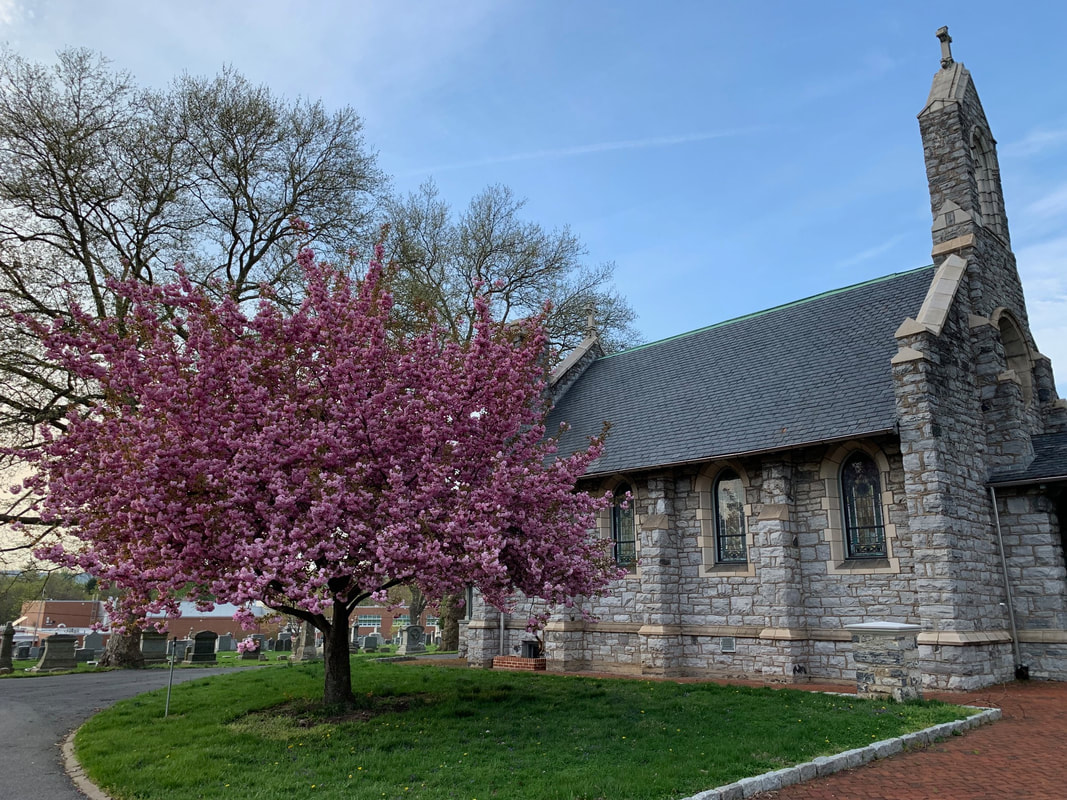






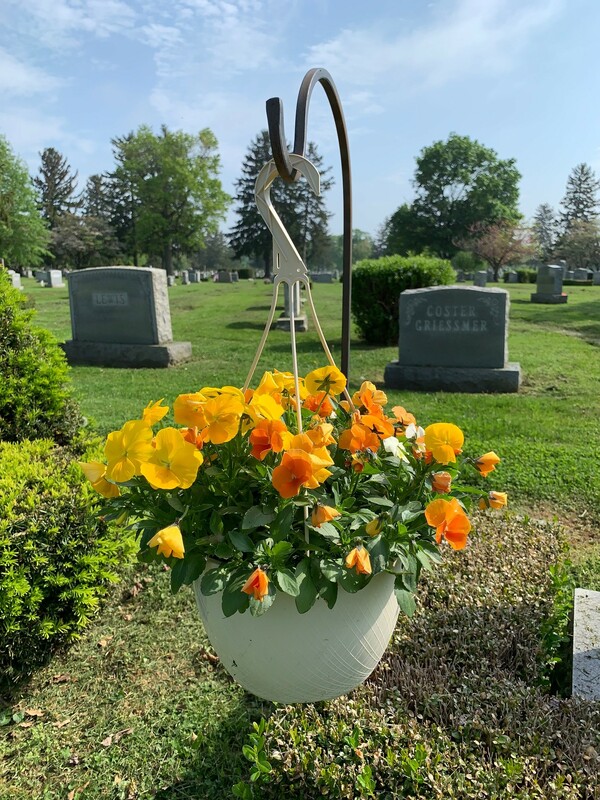









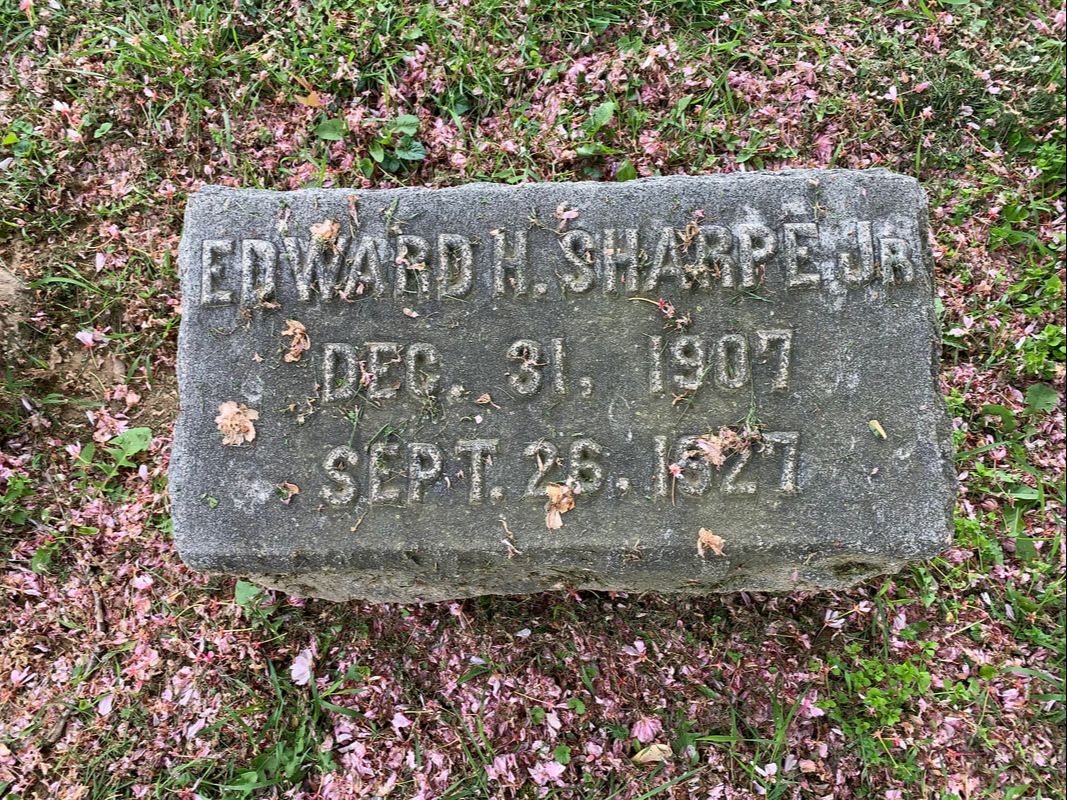

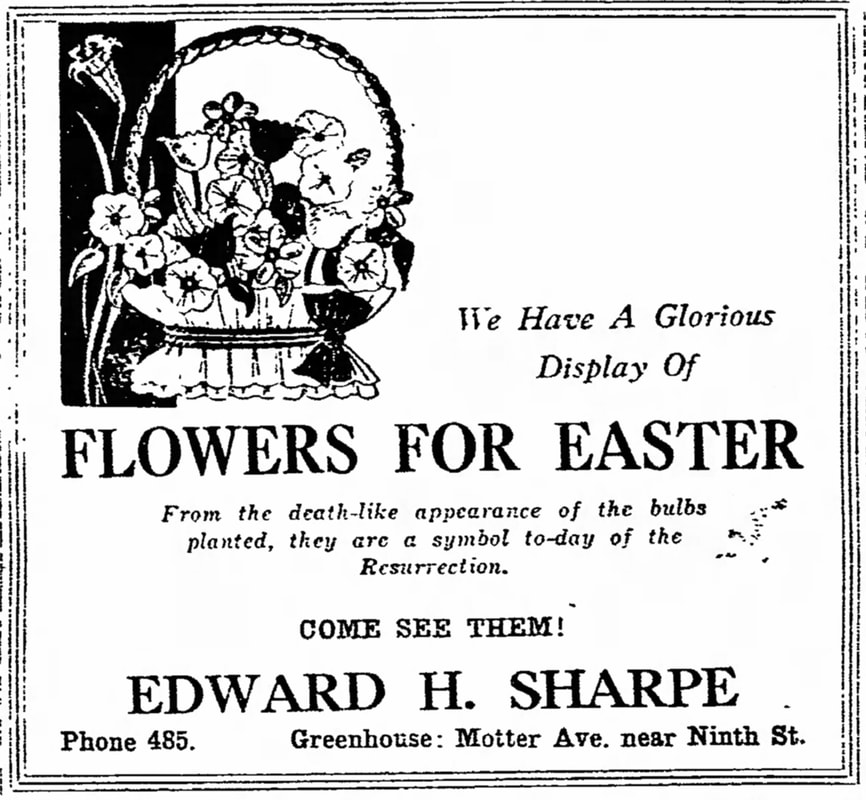



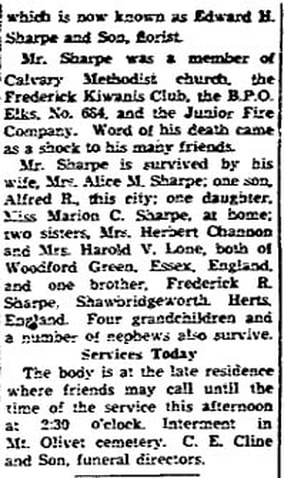
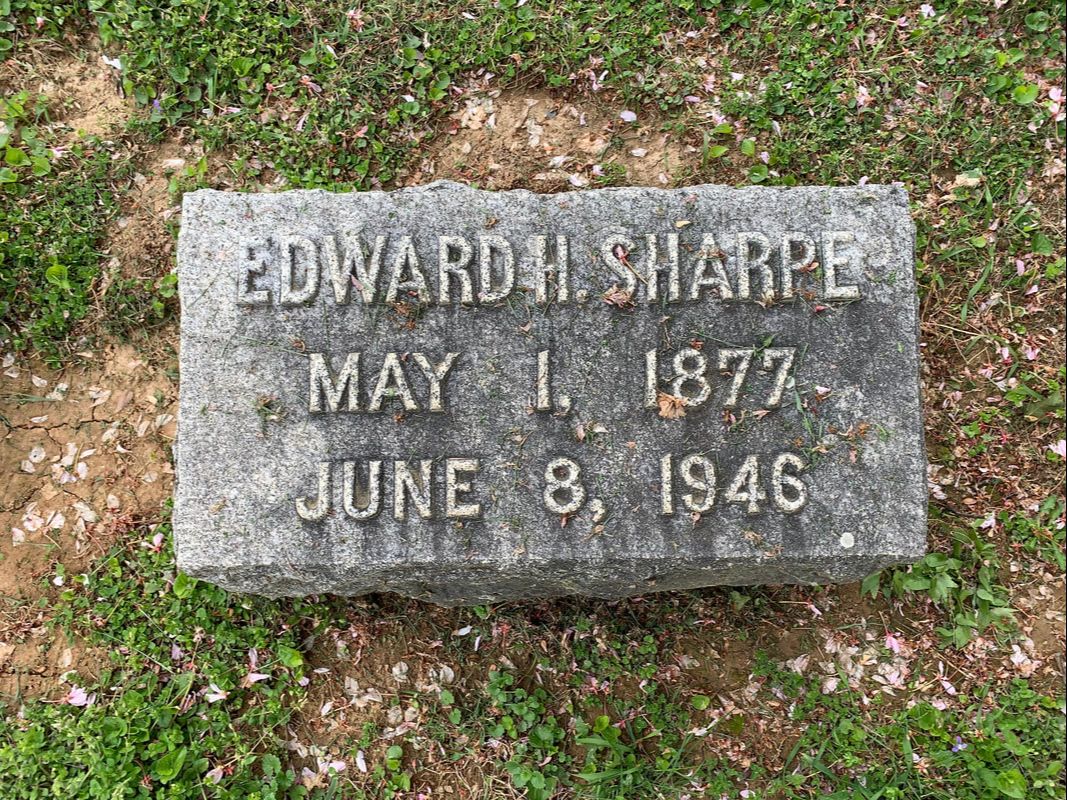






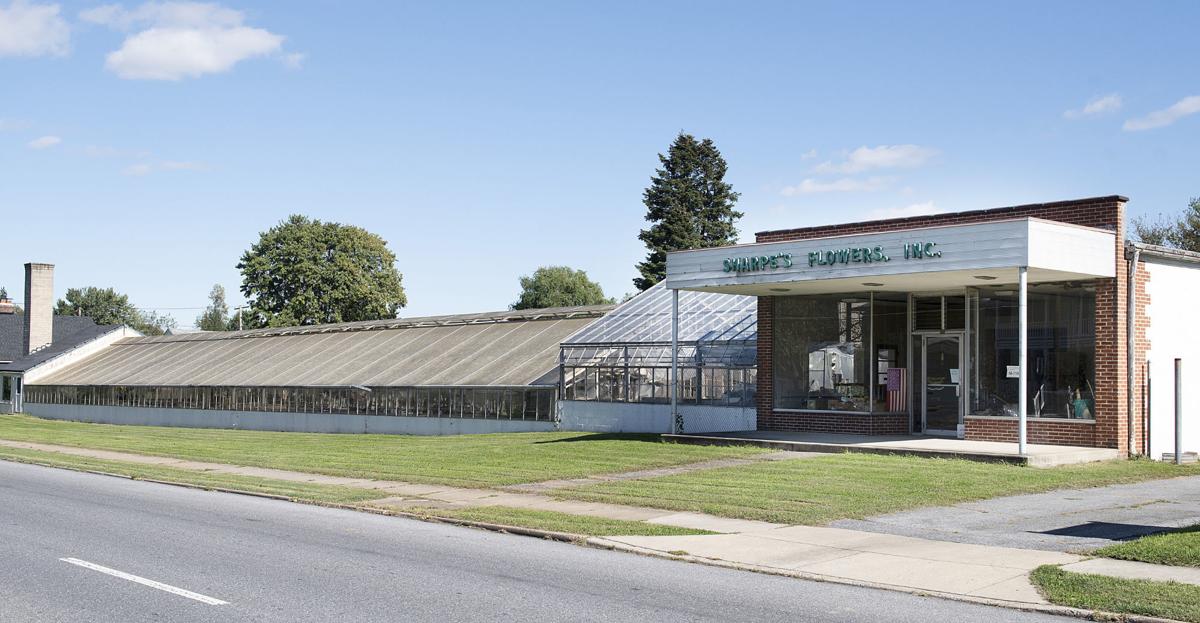



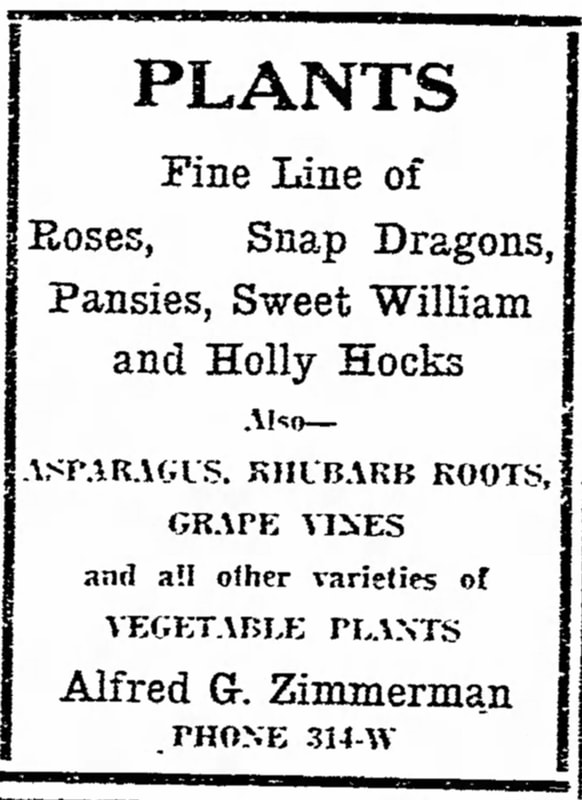


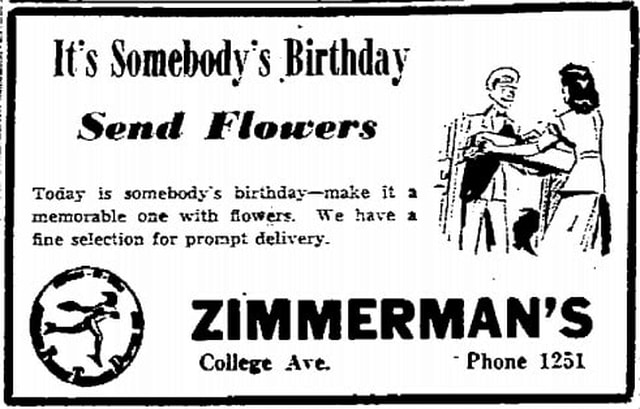



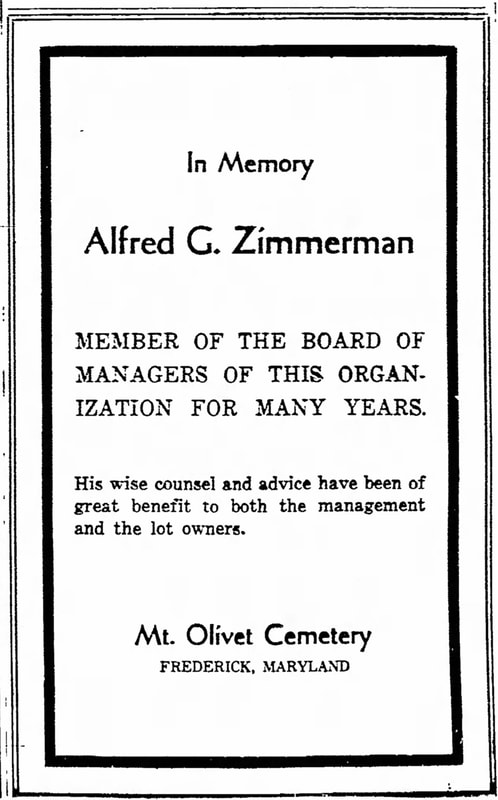
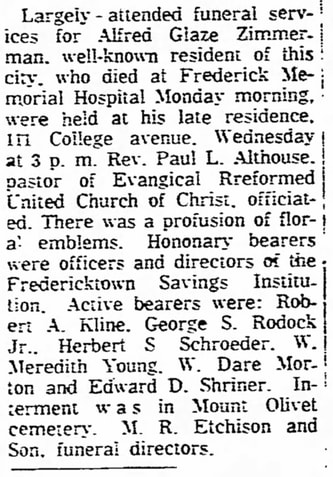

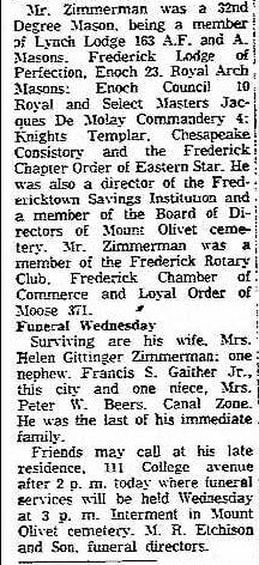
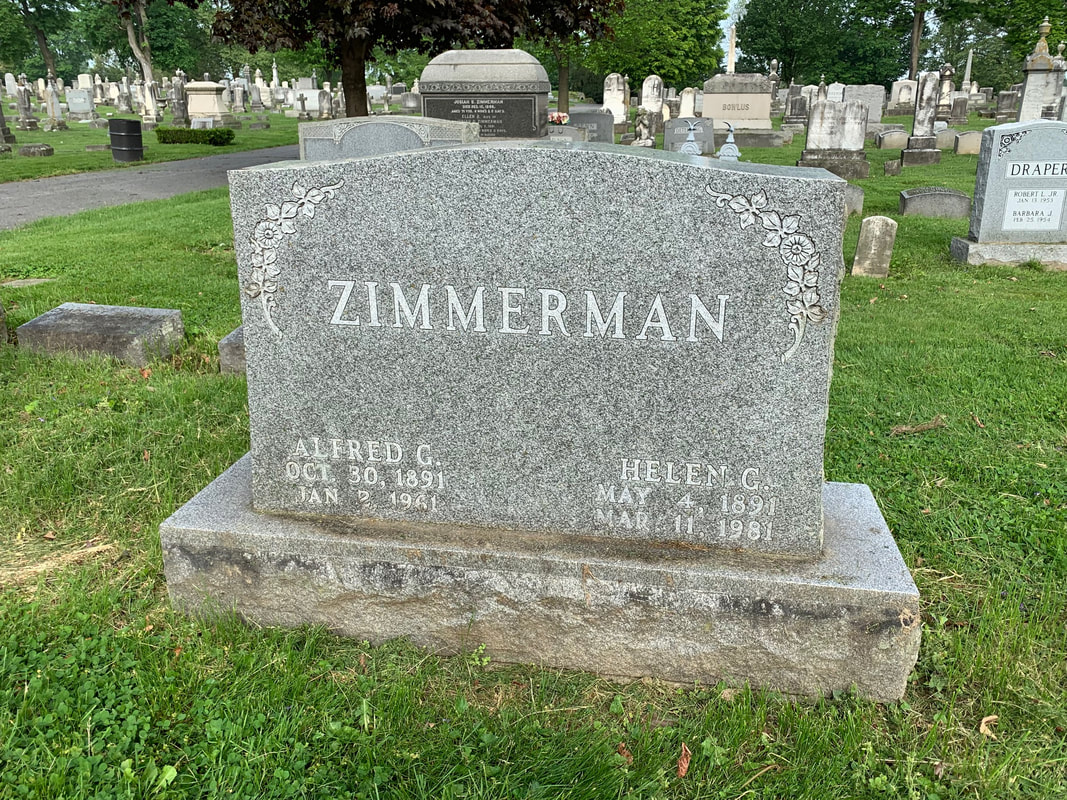




 RSS Feed
RSS Feed